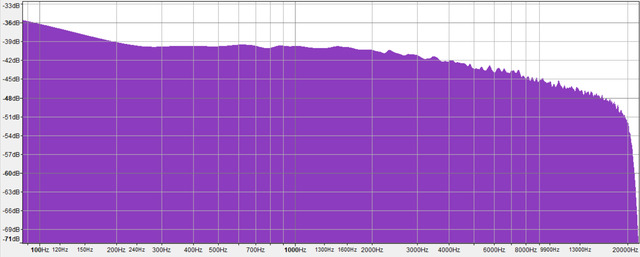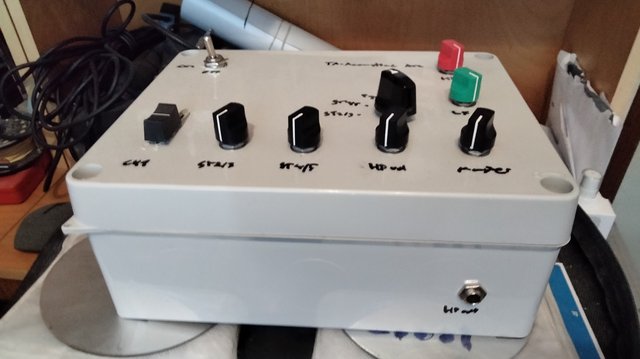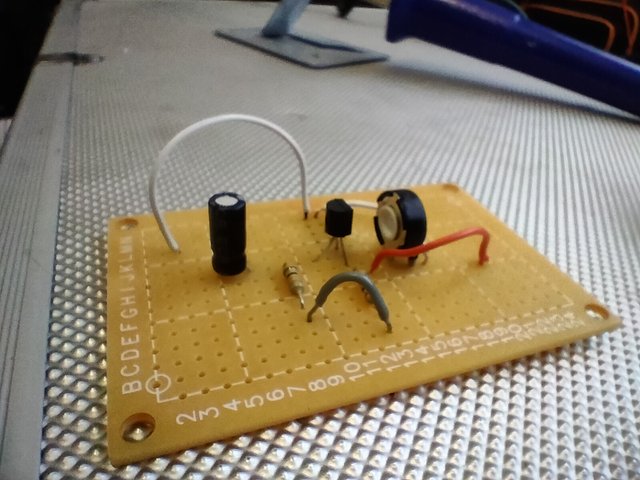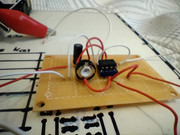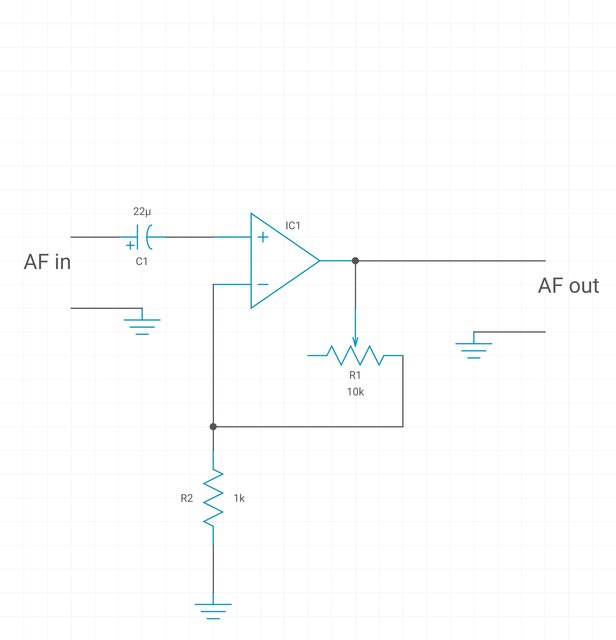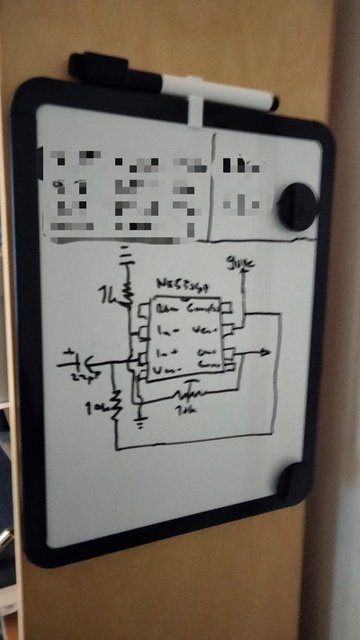Matador
Well-known member
Typically for fixed bias operation, you pick a collector current, then the resistor is selected based on the beta of the transistor you are using. For example, for a beta of 200, for a 1mA collector current you need ~5uA of base current. Since you want the transistor to always be on, then you need at least a VBE drop above ground, so the base resistor = (9-0.7)/5uA ~ 1.6Mohm. For a beta of 100, then it drops to half (about 800K). Not 4.7KOhms like you are using. With 4.7K you are driving ~2mA into the base, which means at a beta of 200 the transistor wants to sink 400mA. :O



